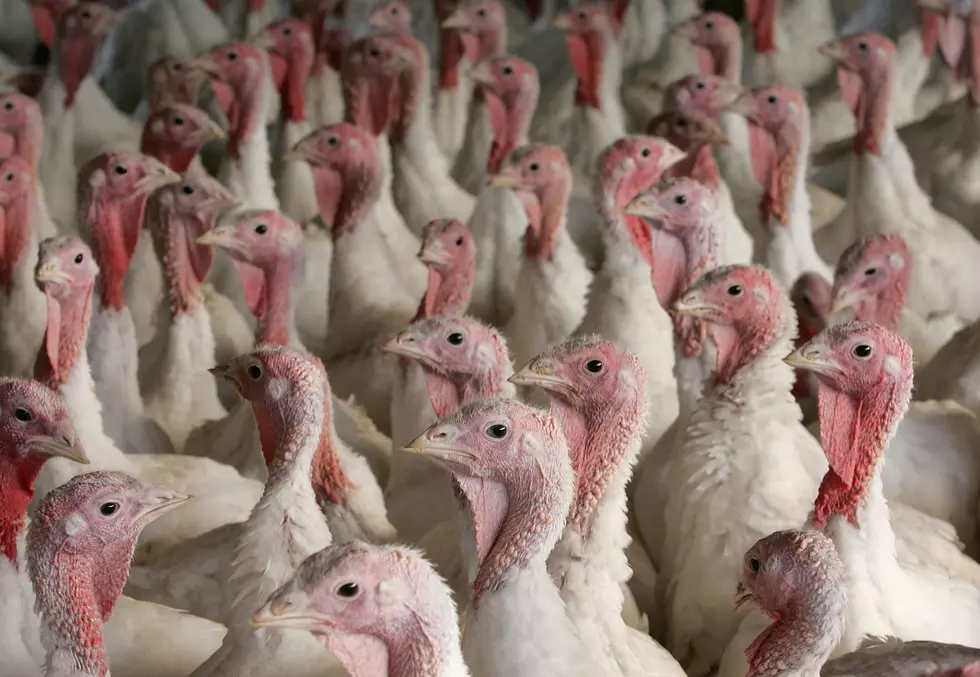
Waterfowl Hunters Can Help Stop Spread of Weeds
Remember spring 2015 when Minnesota had an outbreak of highly pathogenic avian influenza that resulted in millions of turkeys dying? It was determined that migrating waterfowl spread the contagious virus into Minnesota. Now we can blame migrating waterfowl for spreading herbicide-resistant weeds like Palmer amaranth too.
A couple of months ago it was confirmed that Palmer amaranth was found in Minnesota. In that case, the weed was found in a wildlife planting or CRP mix. There was no question the weed seed was in the mix brought in from the southern United States. Weed scientists were also concerned that the weed would be brought to Minnesota by custom harvesters or cotton seed. A lot of cotton seed is trucked in from the southern United States to be fed to dairy cattle. However farmers and weed scientists in Missouri noticed an unusual spread of Palmer amaranth.
Before 2008, Palmer amaranth was only in southern Missouri in the bootheel area. The resistant weed began to move north along the bottom lands up the Mississippi River. In 2016, it had spread to more than 31 counties. It could not be spread by floods because the water in the Mississippi River flows south. Farmers also reported to weed scientists that in recent months they saw flocks of geese in their fields.
Missouri University Extension weed scientist Kevin Bradly and a graduate student set out to research the movement of weed seeds in migratory waterfowl. They found that migrating waterfowl can transport Palmer amaranth, lambsquarter, waterhemp, ragweed, and other weed seed. Some weed seed passed through in four hours but smaller weed seeds could be in the bird's digestive tract for 40 hours.
I don't know much about ducks and geese, but I do know they can fly a lot of miles in 40 hours! Now that harvest is finished I have more time to read a number of agricultural websites. Yes, I go home at night, turn the T V on and get my laptop computer out. I read about migratory waterfowl spreading weed seeds on the web site agweb.com. It was very interesting how weed scientists set up the research on waterfowl moving resistant weed seeds. If you would like to read how the research was set up go to the website agweb.com. Hunters, do your job and take as many waterfowl as the law allows!
More From KRFO-AM










